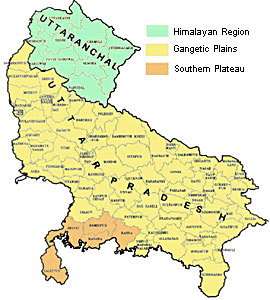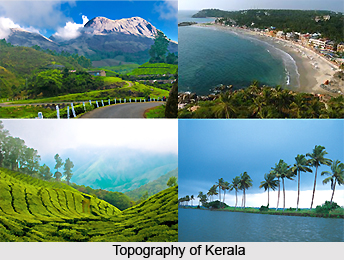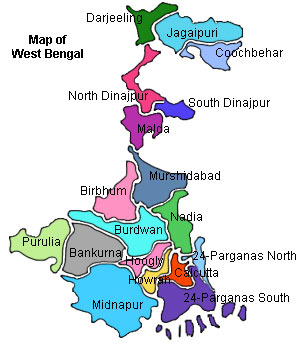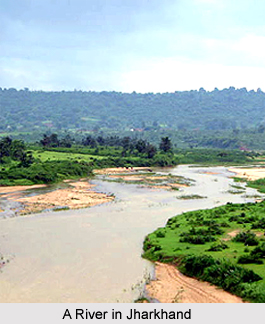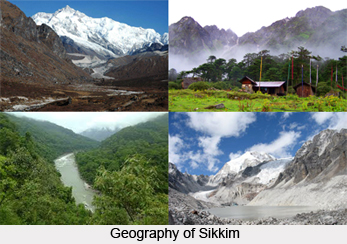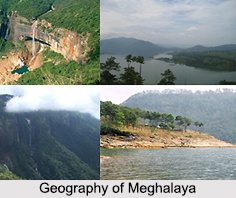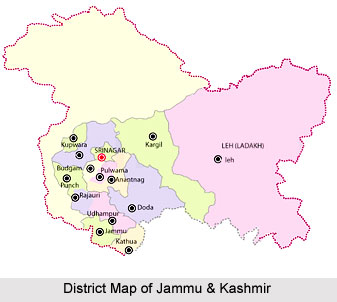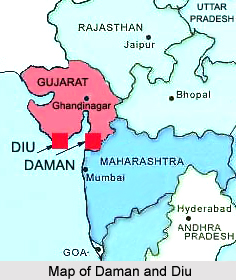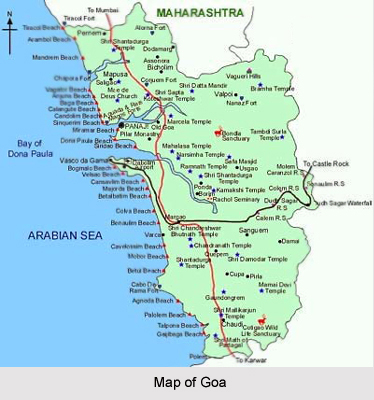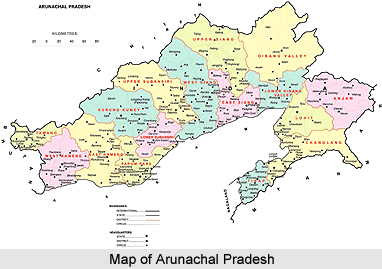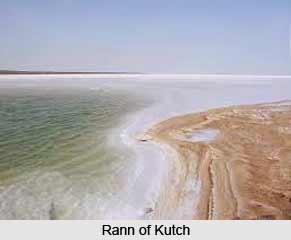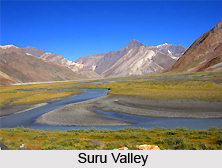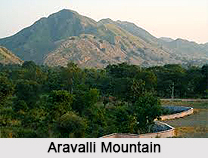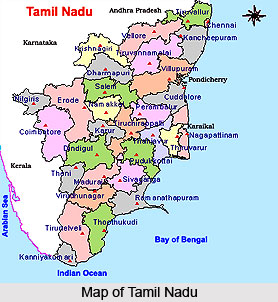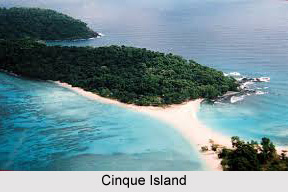 Cinque Island is an island of natural beauty of dense jungle with spectacular looks. Now Cinque Island is a part of Mahatma Gandhi Marine National Park which is popularly known as Wandoor Marine National Park. Cinque Islands are a pair of islands in the Andaman Archipelago, on the north side of Duncan Passage, between Rutland Island and Passage Island.
Cinque Island is an island of natural beauty of dense jungle with spectacular looks. Now Cinque Island is a part of Mahatma Gandhi Marine National Park which is popularly known as Wandoor Marine National Park. Cinque Islands are a pair of islands in the Andaman Archipelago, on the north side of Duncan Passage, between Rutland Island and Passage Island.
Cinque Island is situated 26 kilometers from Port Blair. This island is accessible through almost all major islands by boat. However, no scheduled ferry services are available for the place. One will have to hire a chartered boat of permitted category. Visiting the Cinque Island requires permission from the Forest Department of Andaman and Nicobar Islands which can be availed without much hassle.
Cinque Island is a remote isle belonging to the Union Territory of Andaman and Nicobar Islands. Cinque Island is a popular tourist destination in the Andaman and Nicobar Islands. This solitary island is best known for its underwater coral gardens and rich marine life, which allures scuba diving among the tourists of both national and international arena.
Cinque Island is divided into North Cinque Island and South Cinque Island which are connected together by a sandbar giving the whole island a spectacular look. North Cinque Island and the South Cinque Island are about 1 kilometre to the south. These islands are sometimes considered to be a single Cinque Island. The passage between North Cinque and Rutland is called Manners Strait. It is a part of Mahatma Gandhi Marine National Park (popularly known as Wandoor Marine National Park) along with 15 other islands and islets of the Labyrinthine Island Group in Andaman and Nicobar Isles. Cinque Island has absolutely no human habitation but is amazingly rich in flora and fauna making it an ideal place for eco- tourism among the tourists in national and international hemispheres.
Cinque Island was declared as a sanctuary. And this island is the abode of enormous variety of coral reefs, sea weeds, colourful fishes, shells, starfish, sea anemones, salt-water crocodile, turtles and water snakes.
Cinque Island is bounded by coral reef gardens that extend to a few hundred meters into the deep sea. Also, it offers activities like scuba diving, snorkelling, game fishing and camping.
